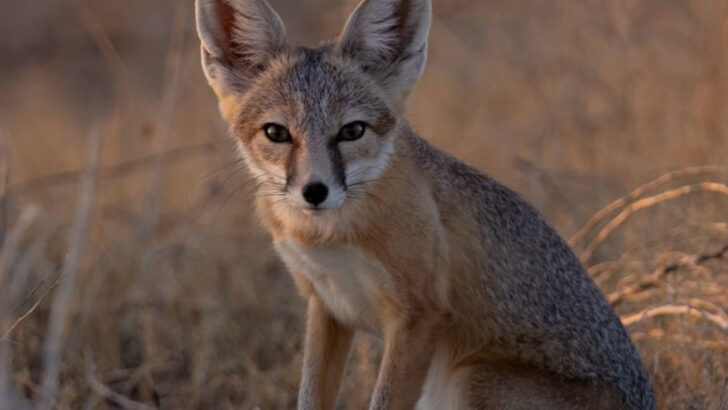Time is running out for some of North America’s most incredible creatures.
From the towering forests of the Pacific Northwest to the deserts of the Southwest, animals that once roamed freely are now vanishing before our eyes. Deforestation, climate change, and human activity are wreaking havoc, leaving many species teetering on the edge of extinction.
These aren’t just statistics; they’re living beings with unique roles in their ecosystems, and their loss would be a tragedy we can’t afford to ignore.
In this post, we’ll introduce you to 25 North American animals that are disappearing faster than you might think. Get ready to learn about their struggles, their habitats, and why they deserve our attention—before it’s too late.
Monarch Butterfly
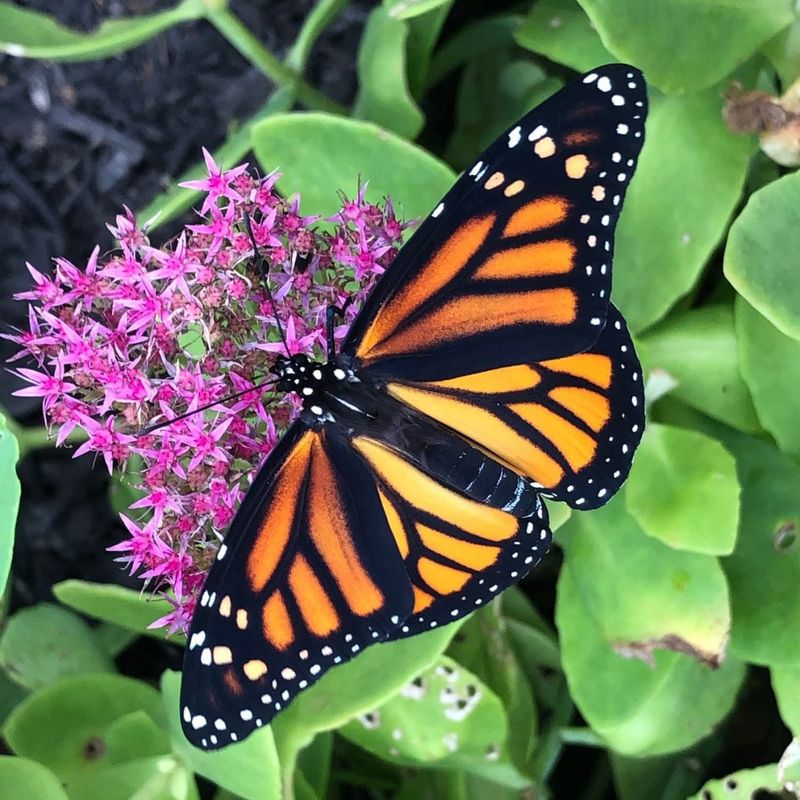
The Monarch Butterfly is a symbol of beauty and transformation. These striking insects are known for their long migration journey from North America to Mexico. Unfortunately, their population is dwindling due to habitat loss and climate changes.
Milkweed, the primary food source for monarch caterpillars, is being eradicated by agricultural practices and urban development. Conservation efforts are underway to plant milkweed and create butterfly-friendly gardens.
You can help by planting native milkweed species and supporting organizations dedicated to preserving these magnificent butterflies.
Eastern Hellbender
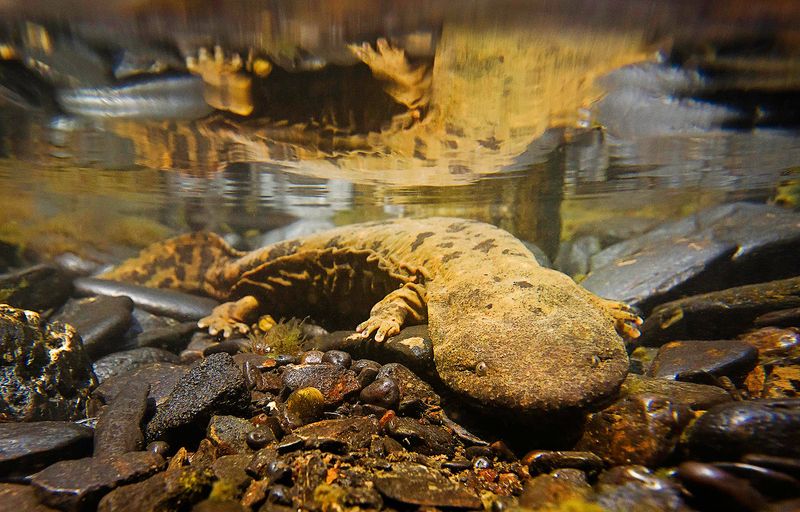
The Eastern Hellbender, a giant salamander, thrives in the fast-flowing streams of the eastern United States. These aquatic creatures are essential for maintaining balanced ecosystems. However, pollution and habitat destruction are threatening their existence.
Sedimentation and chemical pollutants degrade their water habitats, making it difficult for them to survive. Conservation efforts focus on monitoring water quality and restoring natural habitats.
Supporting clean water initiatives can play a crucial role in preserving the Hellbender’s environment and ensuring their future.
American Bison
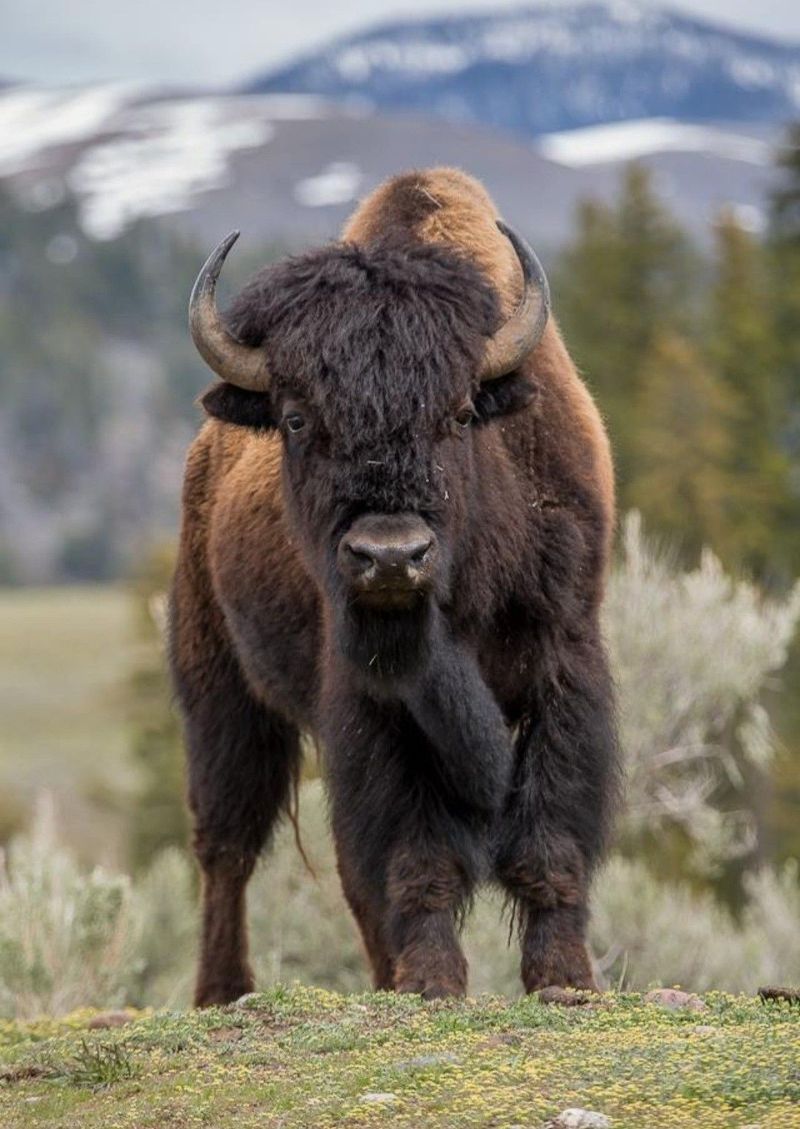
The American Bison, once roaming the Great Plains in millions, now faces a precarious future. Overhunting and habitat loss have dramatically reduced their numbers.
Today, efforts to reintroduce bison to native lands are crucial. These animals are not only iconic but also vital for grassland ecosystems.
Supporting sustainable ranching practices and protected reserves can aid in their recovery. Learning about and advocating for bison conservation helps maintain biodiversity and cultural heritage.
Vaquita
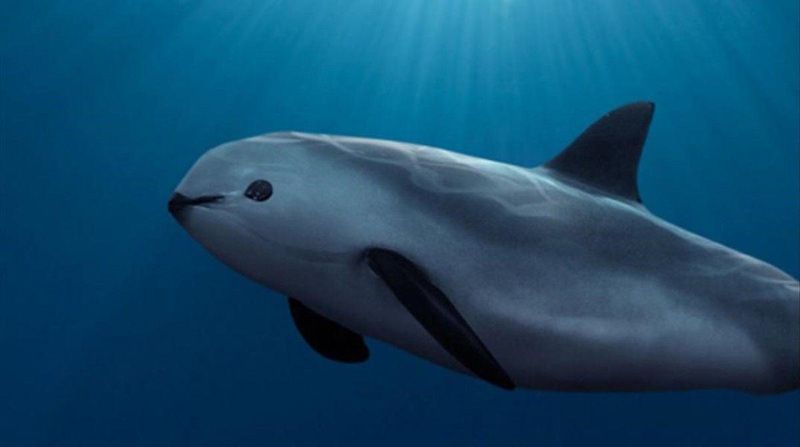
The Vaquita is the smallest and rarest cetacean, found only in the northern part of the Gulf of California. Its population is critically endangered due to illegal fishing practices using gillnets.
While efforts are being made to ban these nets, enforcement remains challenging. International cooperation and strong legal frameworks are essential for their survival.
By promoting sustainable seafood consumption and supporting marine conservation organizations, you can contribute to the protection of the Vaquita.
Red Wolf
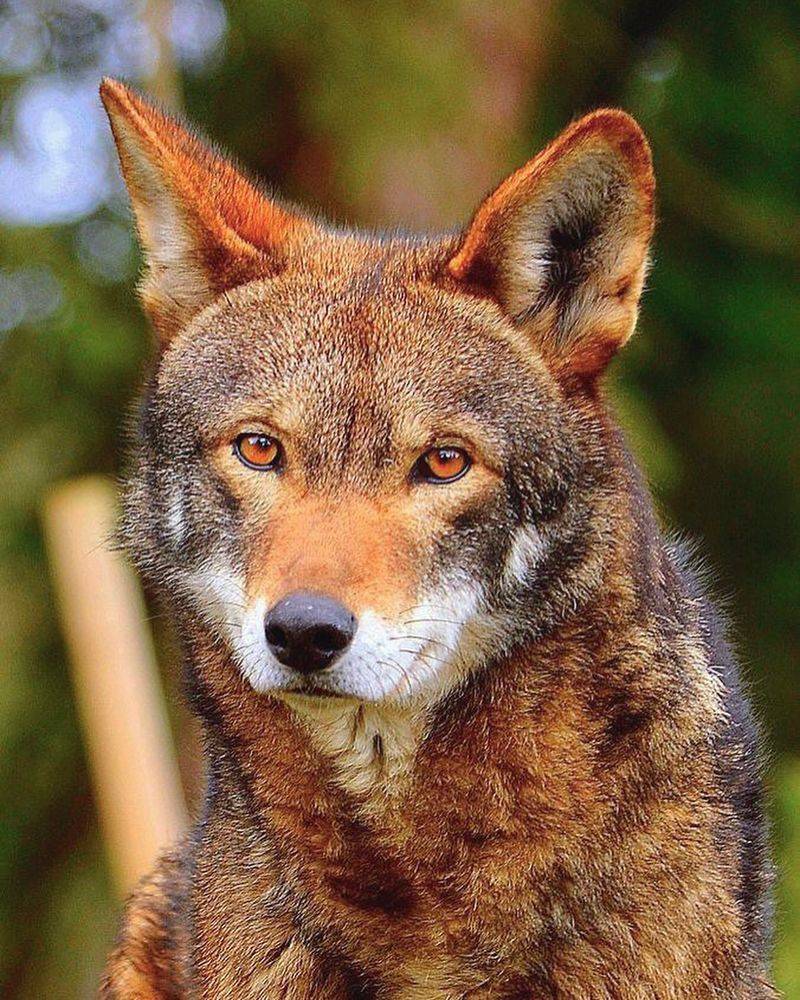
The Red Wolf, native to the southeastern United States, is critically endangered, with only a few individuals left in the wild. Habitat destruction and hybridization with coyotes threaten their survival.
Conservation programs aim to increase their numbers through captive breeding and protected area management. These wolves play a vital role in maintaining ecological balance.
Public awareness and support for wildlife corridors are necessary for their recovery. Protecting the Red Wolf ensures the health of entire ecosystems.
Piping Plover
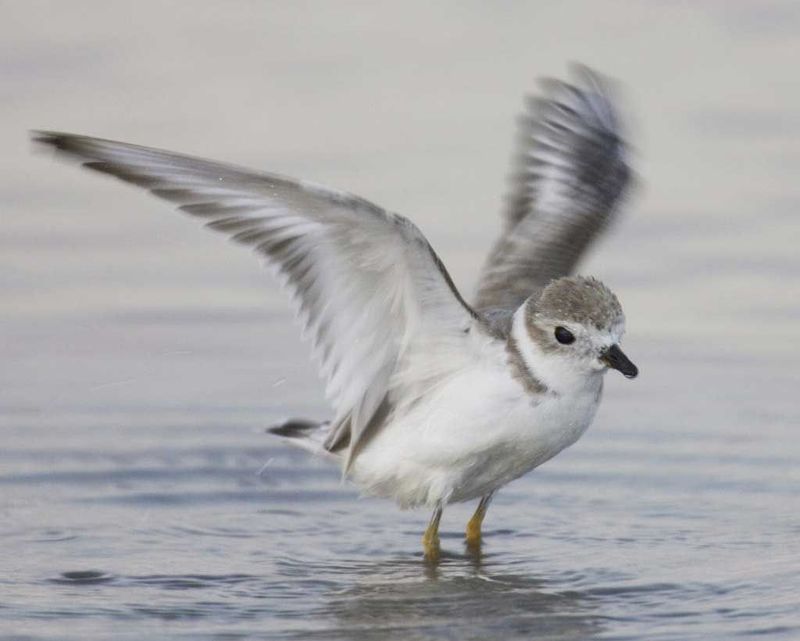
The Piping Plover is a small shorebird that nests along North America’s beaches. Human disturbances and habitat degradation have led to their declining numbers.
Beachgoers can inadvertently destroy nests or scare off adult plovers, affecting their breeding success. Protective measures, like fencing off nesting areas, help safeguard these birds.
Engaging in responsible beach behavior and supporting habitat restoration projects can assist in the Piping Plover’s conservation.
Florida Panther
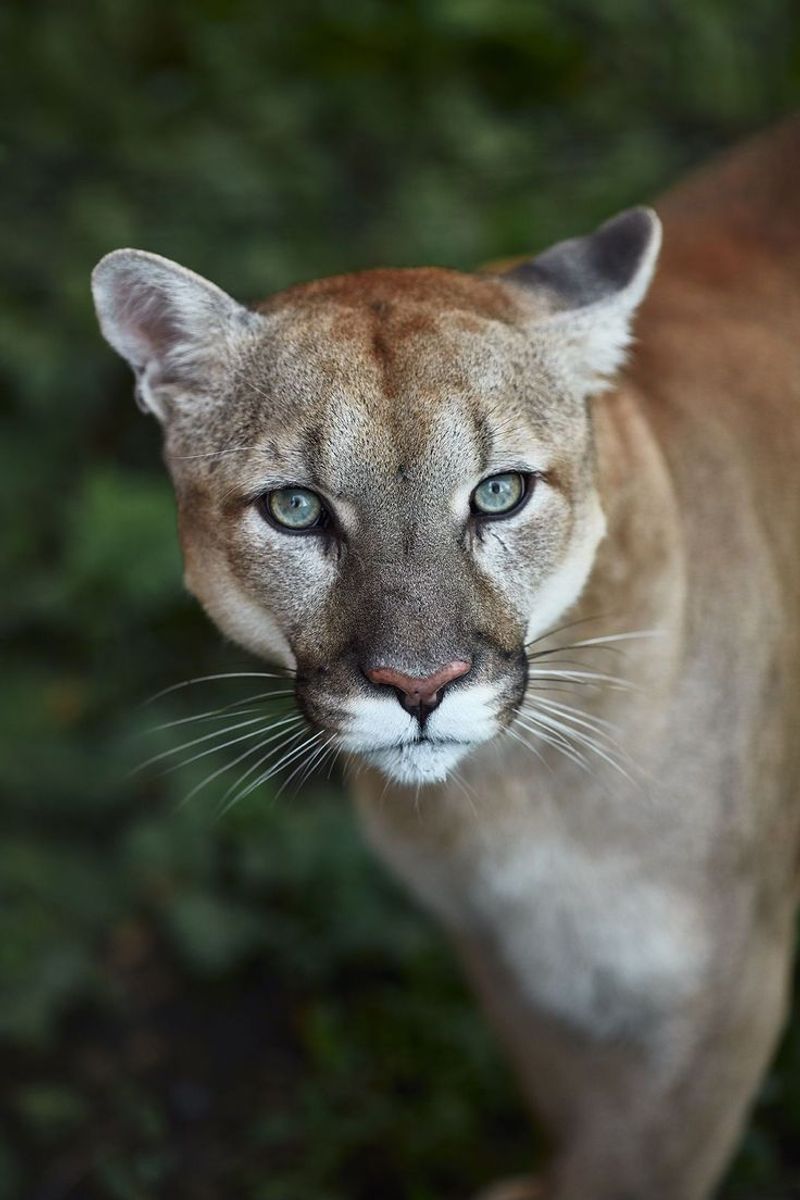
The Florida Panther, a majestic predator of the southeastern United States, is critically endangered. Habitat fragmentation and vehicle collisions pose significant threats.
Efforts to create wildlife corridors and reduce vehicle speeds in key areas are vital for their survival. These panthers are a keystone species, crucial for controlling prey populations and maintaining ecosystem health.
Supporting conservation land purchases and wildlife crossings can help ensure the Florida Panther’s future.
Northern Spotted Owl
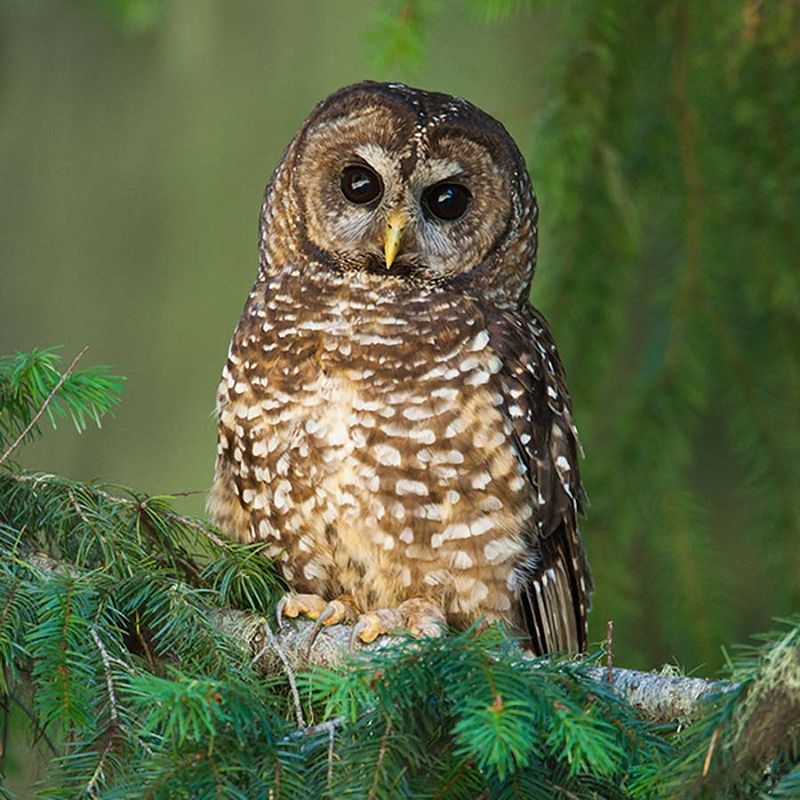
The Northern Spotted Owl depends on old-growth forests in the Pacific Northwest. Logging activities have severely impacted their habitat, leading to a decline in numbers.
Conservation strategies focus on preserving these forests and managing competition with invasive species. The owl’s presence indicates a healthy ecosystem, making its protection essential.
Advocating for sustainable forestry practices and supporting habitat preservation can aid in the owl’s recovery.
American Crocodile
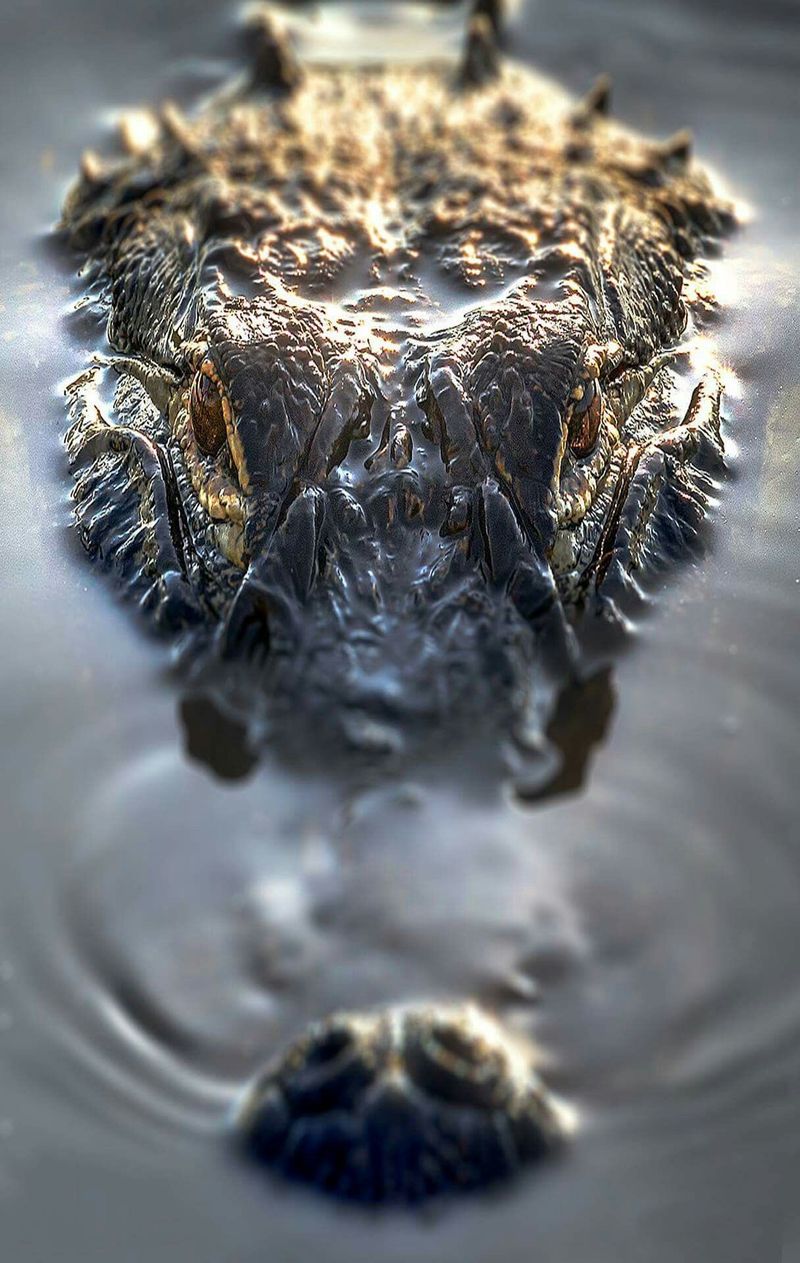
The American Crocodile inhabits the coastal wetlands of Florida and Central America. Habitat loss and illegal hunting have placed them at risk.
These crocodiles play a significant role in the ecosystem by controlling fish populations and maintaining wetland health. Conservation efforts focus on habitat restoration and legal protection.
Educating the public and enforcing wildlife protection laws are critical for the survival of the American Crocodile.
Jaguar
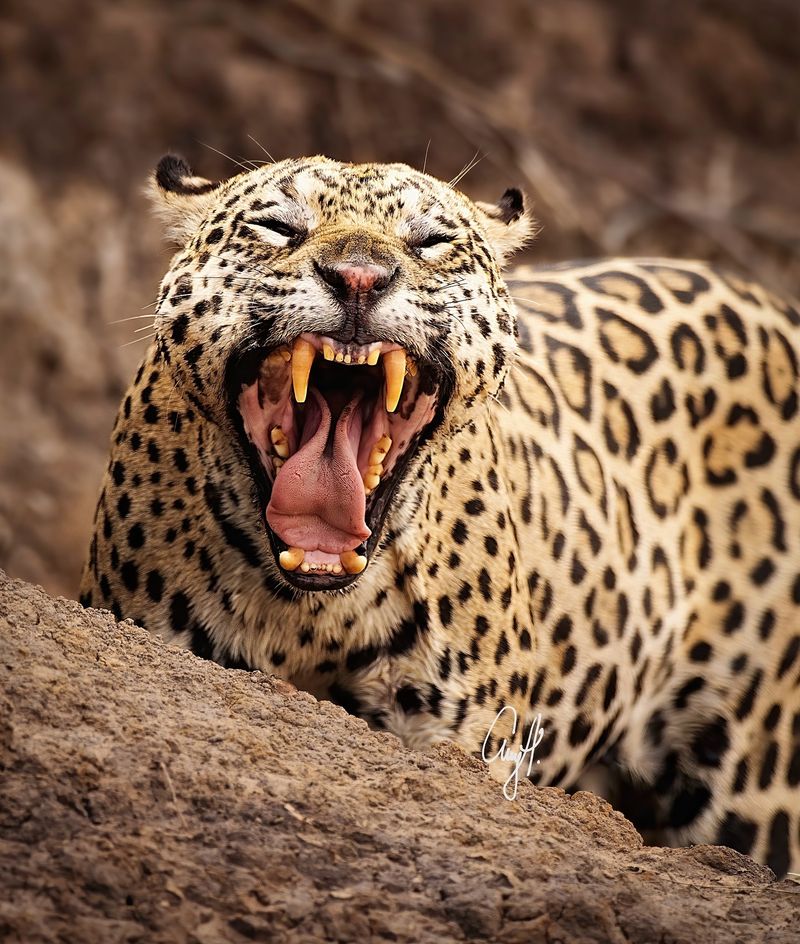
The Jaguar, the largest cat in the Americas, is a symbol of power and mystery. Found in remote forests, their numbers are shrinking due to habitat loss and poaching.
Conserving jaguar habitats ensures biodiversity and helps protect other species within these ecosystems. Cross-border conservation initiatives are crucial for their survival.
Supporting anti-poaching efforts and habitat conservation organizations can make a significant impact in preserving Jaguars.
Mountain Caribou
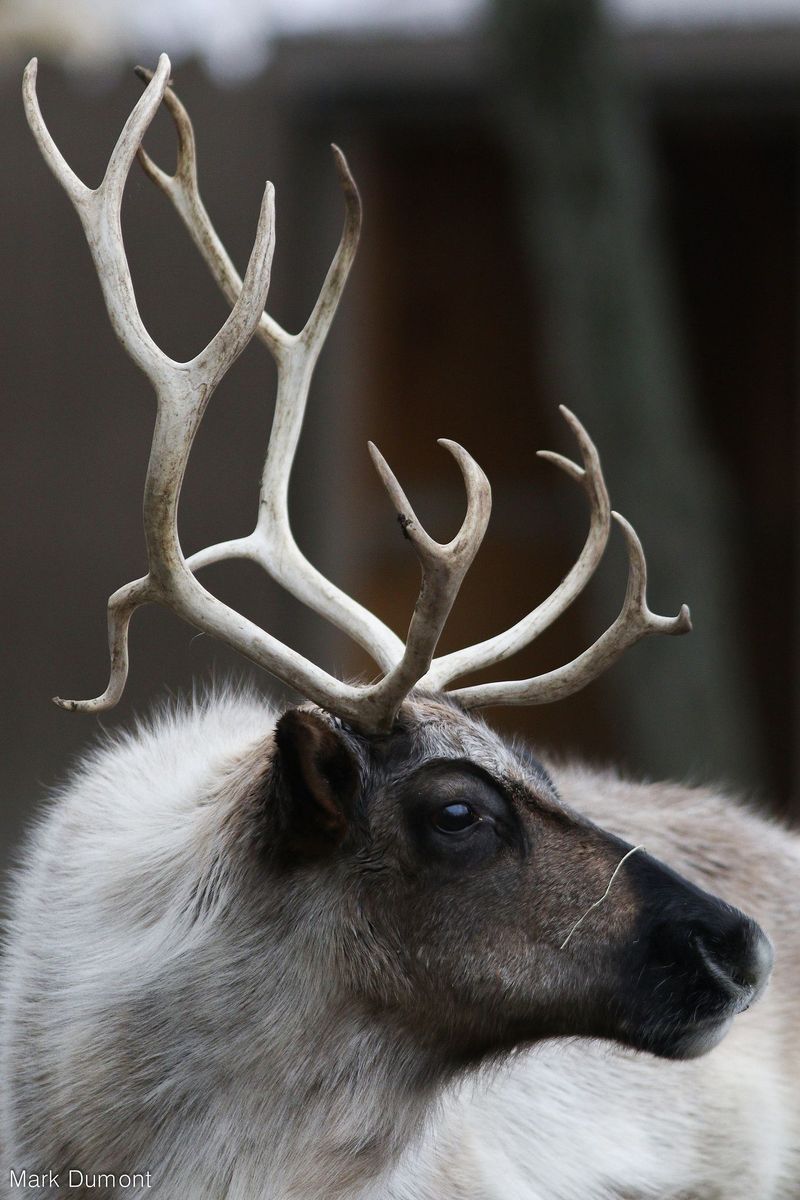
Mountain Caribou are adapted to the cold, mountainous regions of North America. Logging and industrial activities have fragmented their habitats, leading to population declines.
Protecting old-growth forests and minimizing human disturbances are crucial for their survival. These caribou are vital for maintaining the integrity of their ecosystems.
Engaging in sustainable land use practices and supporting conservation policies can help preserve Mountain Caribou populations.
Hawaiian Monk Seal
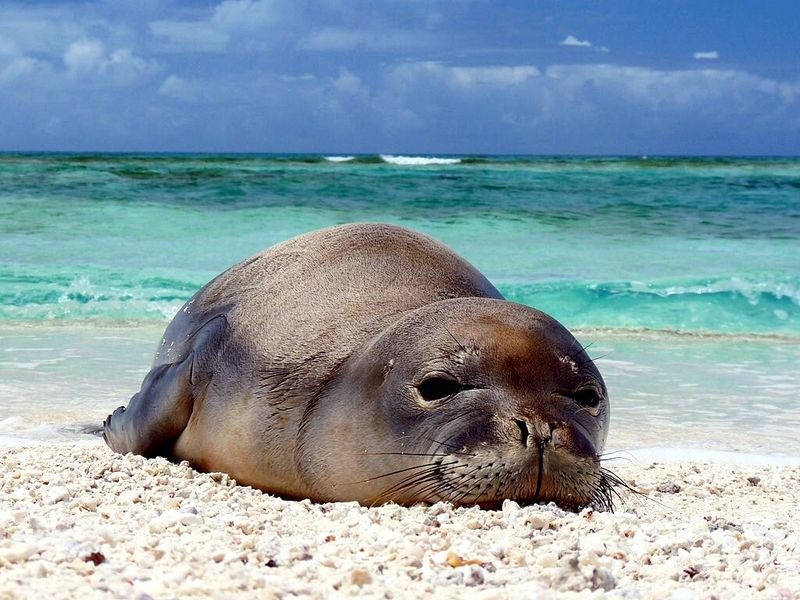
The Hawaiian Monk Seal is one of the most endangered marine mammals, with their numbers dwindling due to human activities and environmental changes.
They face threats from entanglement in fishing gear, habitat degradation, and climate change. Conservation efforts include habitat protection and public education.
By respecting marine sanctuaries and participating in cleanup efforts, individuals can contribute to the survival of the Hawaiian Monk Seal.
California Condor
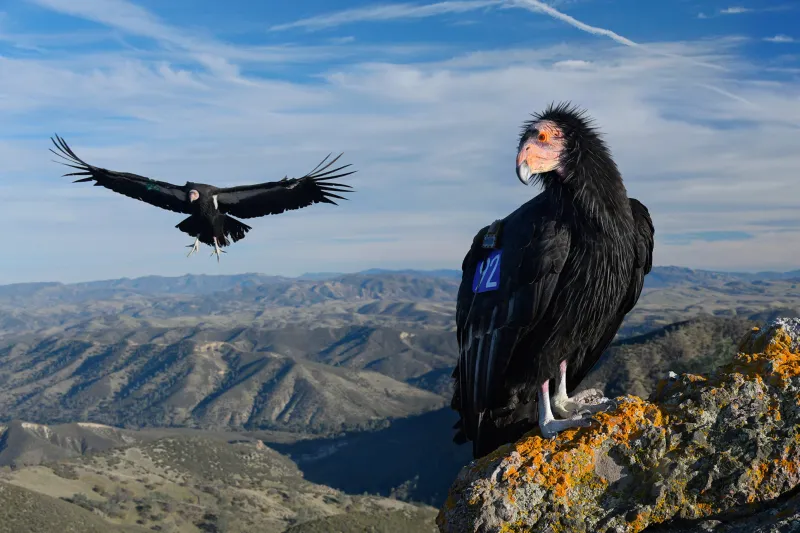
The California Condor, North America’s largest bird, was once on the brink of extinction. Intensive conservation efforts have helped increase their numbers, but threats remain.
Lead poisoning from ingested spent ammunition is a significant issue. Efforts to promote lead-free hunting alternatives are crucial.
Supporting legislation and conservation organizations dedicated to this cause can help ensure the future of the California Condor.
Bald Eagle
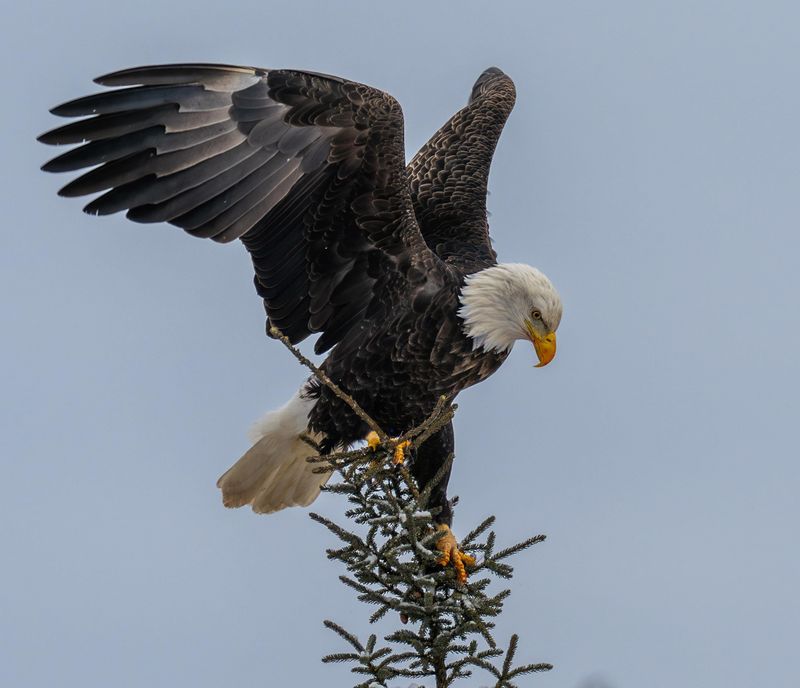
The Bald Eagle, America’s national symbol, has rebounded from near extinction. Yet, it still faces threats from habitat destruction and environmental pollutants.
Conservation successes show the resilience of nature when given a chance. Continued efforts focus on protecting vital habitats and reducing chemical contaminants.
Supporting policies that safeguard natural areas and promote clean environments can help maintain Bald Eagle populations.
Sonoran Pronghorn
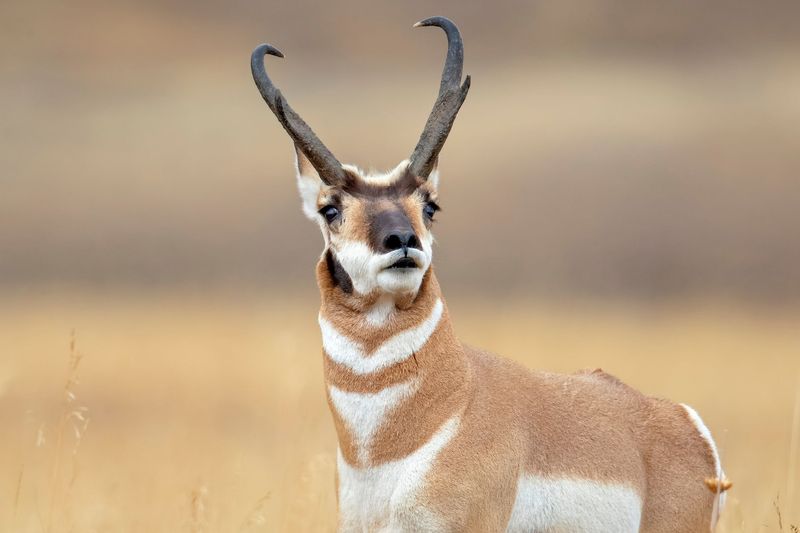
The Sonoran Pronghorn, a unique antelope of the Southwestern deserts, is critically endangered. Habitat loss and water scarcity are the main threats to their survival.
Conservation programs aim to provide water resources and protect their habitats from further fragmentation. These pronghorns are adapted to harsh environments and are vital for desert biodiversity.
Supporting desert conservation initiatives and water management strategies can assist in their preservation.
Whooping Crane
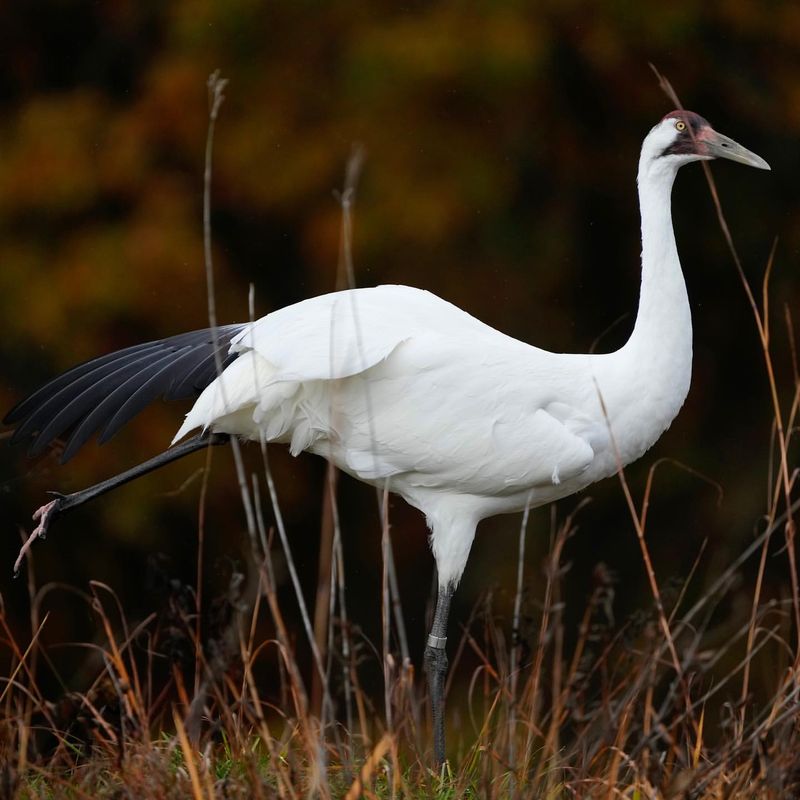
The Whooping Crane, the tallest North American bird, was once nearly extinct. Intensive conservation efforts have helped their population slowly recover.
They are threatened by habitat loss and human disturbances. Protecting wetland habitats and migration corridors is crucial for their continued survival.
Participating in citizen science programs and supporting habitat restoration can aid in the conservation of the Whooping Crane.
Kit Fox
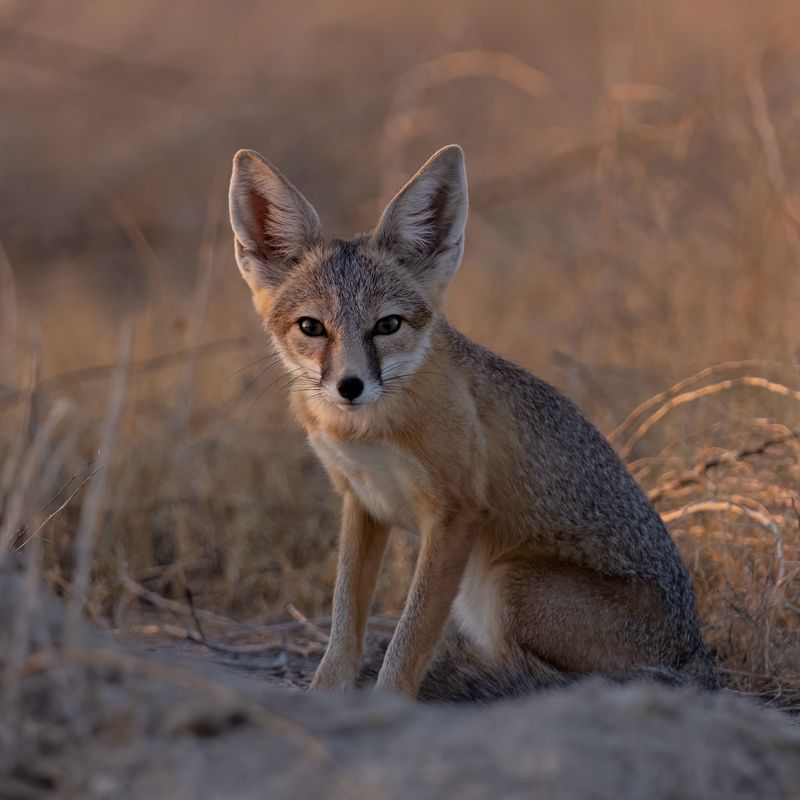
The Kit Fox, a small nocturnal predator, inhabits the arid regions of North America. Habitat destruction and competition with larger predators pose significant threats.
Conservation efforts focus on habitat protection and research on population dynamics. These foxes are important for controlling rodent populations.
Supporting conservation research and land management practices can help ensure the future of Kit Foxes in their natural habitats.
Pallid Sturgeon
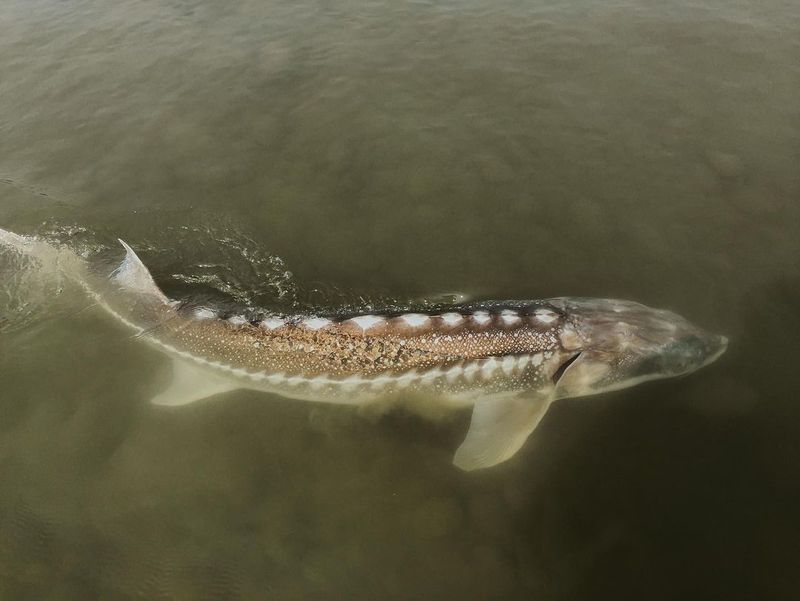
The Pallid Sturgeon, a living fossil, inhabits the large rivers of the central United States. Dam construction and pollution have drastically reduced their numbers.
Conservation programs focus on habitat restoration and breeding in captivity. These ancient fish are crucial for the ecological health of river systems.
Supporting river conservation projects and policies that promote water quality can aid in the recovery of the Pallid Sturgeon.
Mexican Gray Wolf
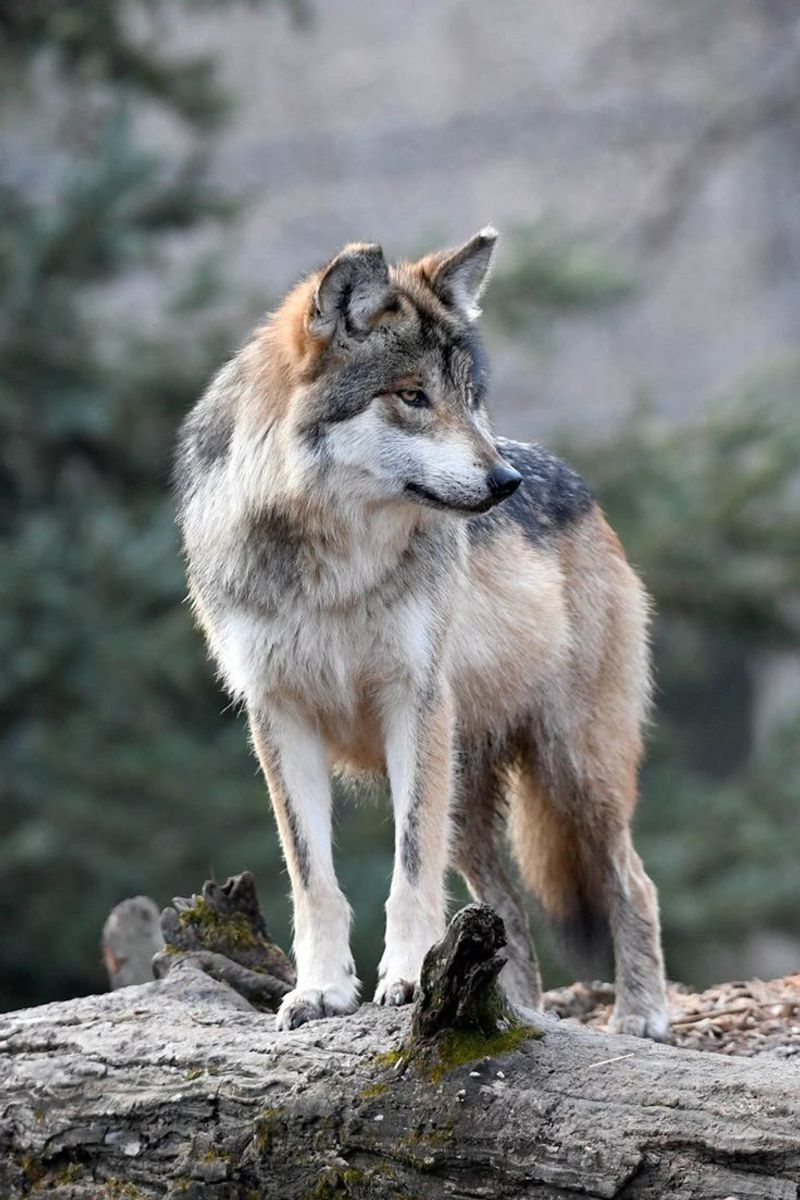
The Mexican Gray Wolf, a smaller subspecies of the gray wolf, is critically endangered. Habitat fragmentation and human-wolf conflicts threaten their survival.
Recovery efforts include breeding programs and establishing protected areas. These wolves play a key role in maintaining ecological balance.
Educating the public and supporting initiatives that promote coexistence can aid in the Mexican Gray Wolf’s recovery.
Yellow-billed Cuckoo
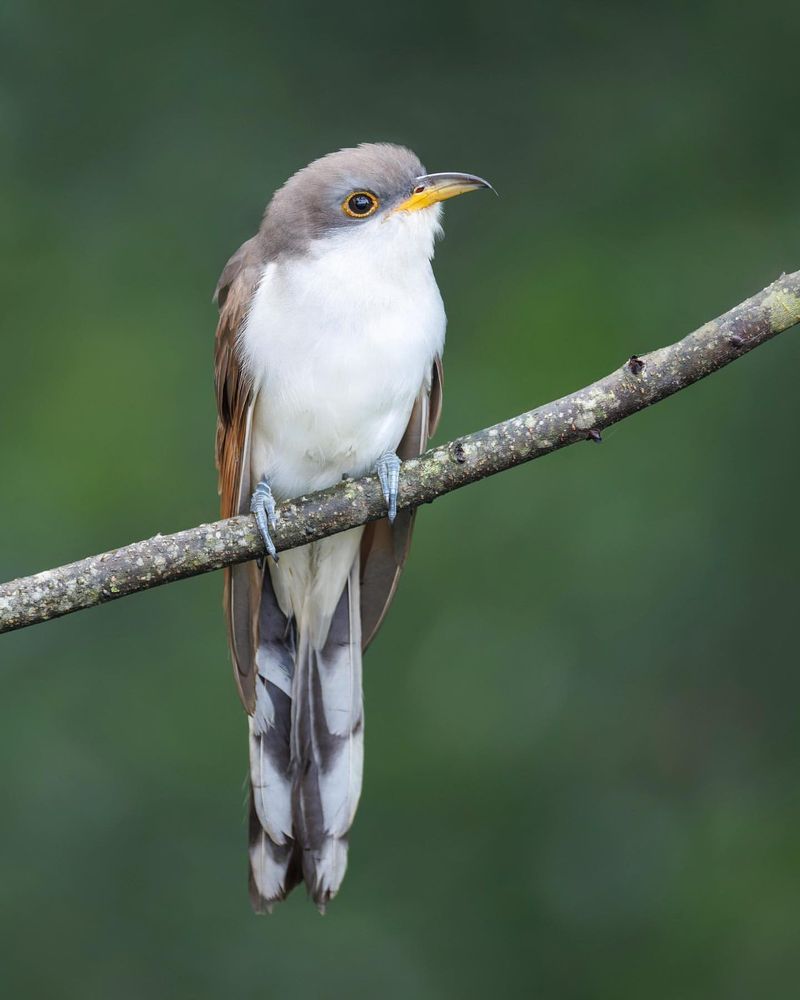
The Yellow-billed Cuckoo, known for its elusive nature, is found in riparian woodlands. Habitat loss due to water diversion and agriculture threatens its existence.
Conservation strategies focus on protecting and restoring natural water flows and woodland habitats. These birds are indicators of healthy ecosystems.
Supporting habitat restoration projects and sustainable water management can help preserve the Yellow-billed Cuckoo.
Gopher Tortoise
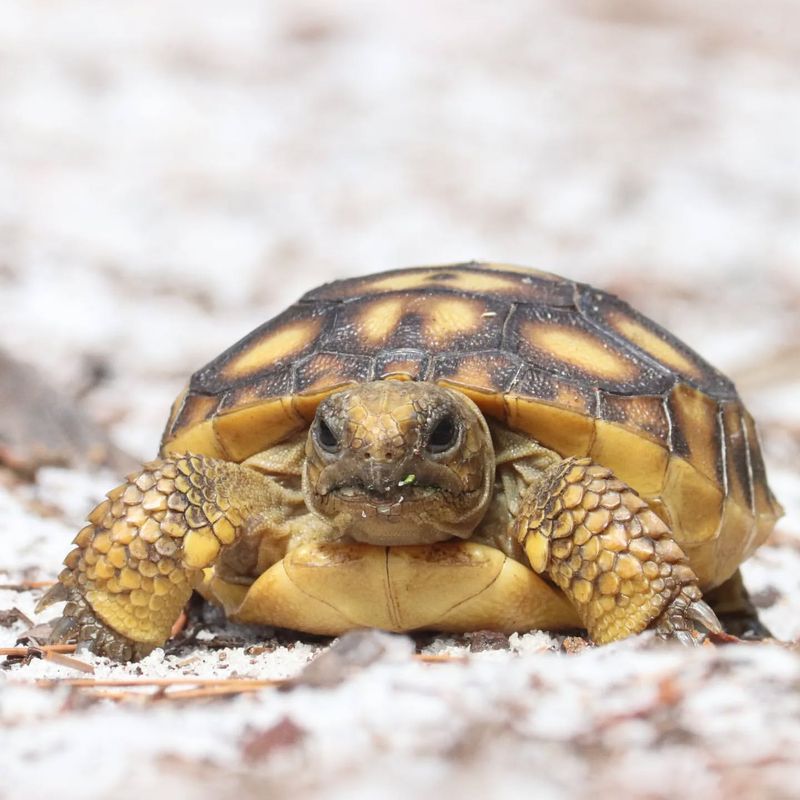
The Gopher Tortoise is a keystone species in the southeastern United States, creating burrows that provide shelter for many other animals. Habitat loss and fragmentation threaten their survival.
Conservation efforts include protecting their habitats and promoting land management practices that benefit their ecosystems.
Supporting conservation programs and land stewardship initiatives can ensure the Gopher Tortoise’s survival and the health of their habitats.
Black-footed Ferret
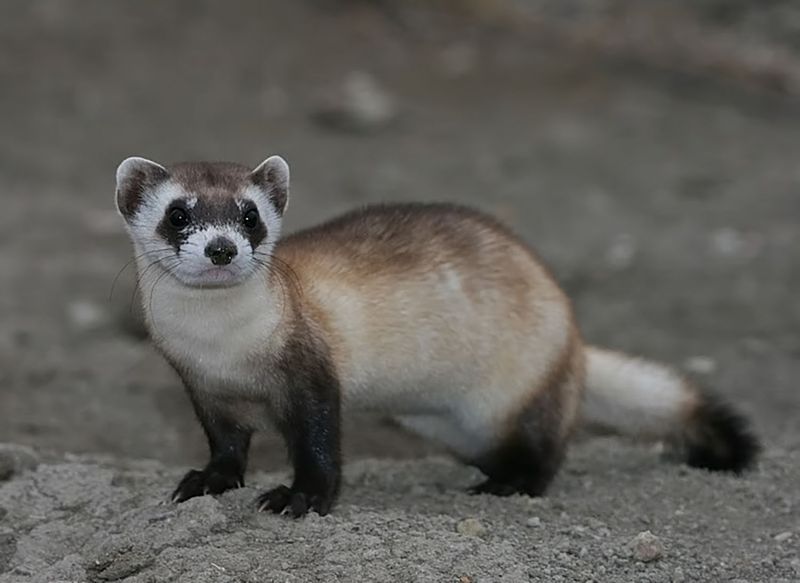
The Black-footed Ferret, once thought extinct, has been successfully reintroduced to prairie habitats. However, disease and habitat loss continue to pose threats.
Conservation programs focus on breeding in captivity and monitoring wild populations. These ferrets are essential for controlling prairie dog populations.
Supporting prairie conservation efforts and disease management programs can help secure the future of the Black-footed Ferret.
American Marten
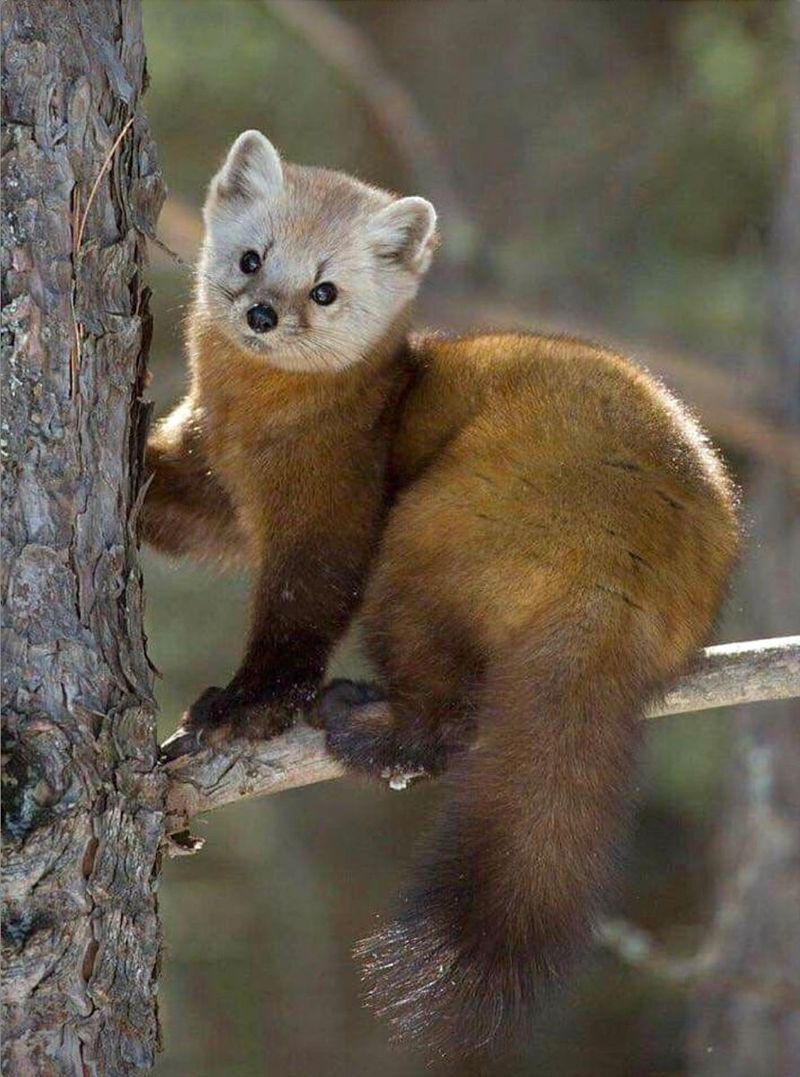
The American Marten, a versatile predator, thrives in the boreal forests of North America. Logging and habitat fragmentation pose significant threats to their survival.
Conservation efforts focus on preserving forest habitats and studying population dynamics. These martens play a crucial role in maintaining forest biodiversity.
Supporting sustainable forestry practices and conservation research can help ensure the American Marten’s future in their natural environments.
Rusty Patched Bumble Bee
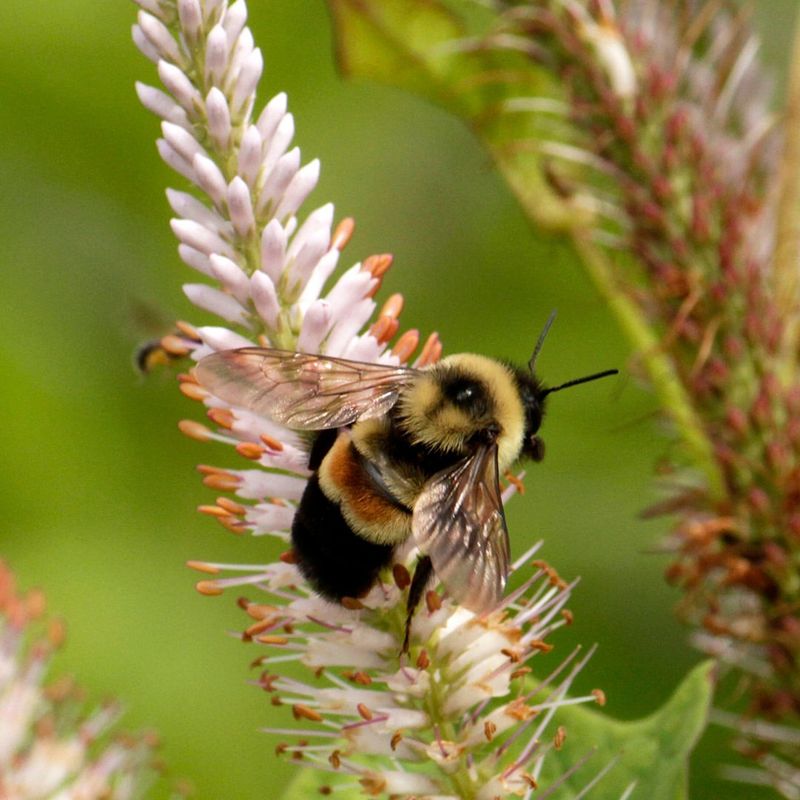
The Rusty Patched Bumble Bee is a vital pollinator facing rapid decline due to pesticide exposure and habitat loss. Efforts to restore wildflower meadows and reduce pesticide use are crucial.
These bees are essential for pollinating crops and maintaining biodiversity. Public awareness and community involvement are key to their conservation.
Planting pollinator-friendly gardens and supporting sustainable agriculture can help bring back the Rusty Patched Bumble Bee.
Ocelot
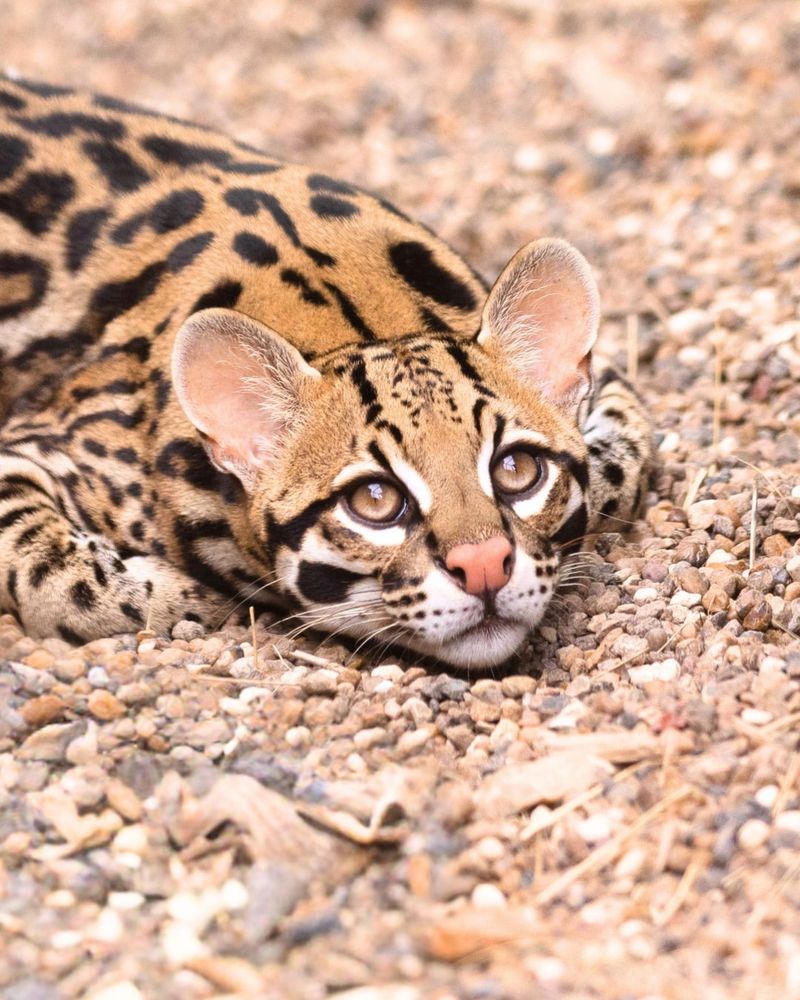
The Ocelot, a medium-sized wild cat, is native to the dense forests of South and Central America, extending into the southern United States. Habitat fragmentation and illegal hunting threaten their survival.
Conservation programs aim to protect habitats and establish wildlife corridors. These cats are crucial for controlling prey populations and maintaining ecological balance.
Supporting anti-poaching efforts and habitat conservation can help preserve the Ocelot and its unique ecosystem.

